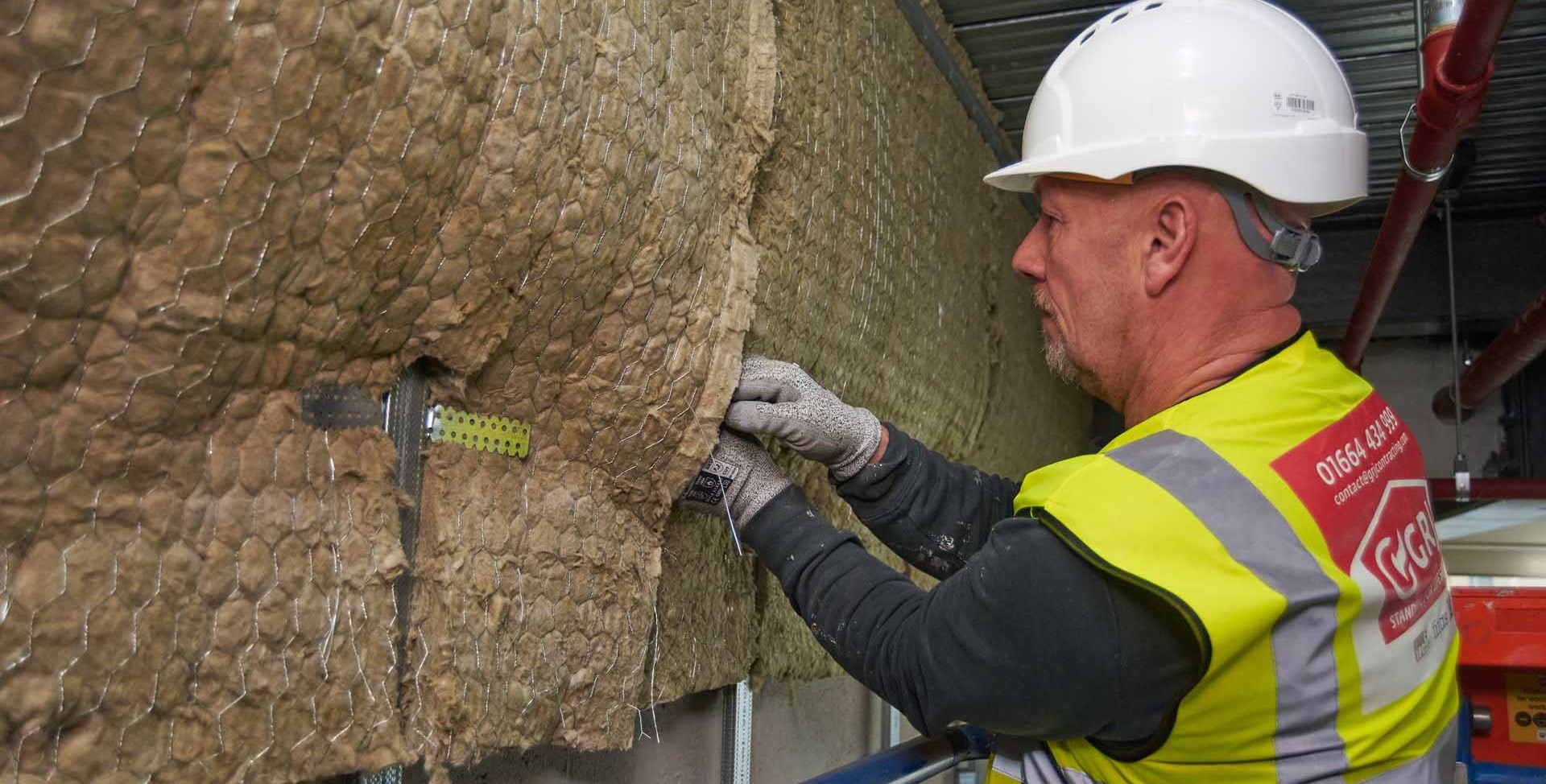Your Full Guide to Passive Fire Protection and Fire Stopping
Posted on 27th September 2023
In the event of a building fire, passive fire protection plays a critically important role. It ensures the safety of occupants and minimises property damage, whilst also guaranteeing legal and regulatory compliance.
In this comprehensive guide, we at GRJ Contracting are exploring what passive fire protection is, why it is essential and the various components and techniques used by contractors.
What Is Passive Fire Protection?
We are often asked by prospective clients ‘what is passive fire protection?’. We understand the bewilderment, as the term is rather technical. Contrary to popular belief though, it is simple.
Passive fire protection is the name given to a unique set of building design and construction measures. These measures are implemented to contain and mitigate the spread of fire, smoke and heat in a building.
Passive protection systems differ slightly from active fire protection systems (fire alarms, sprinklers). This is because passive fire stopping systems and features are designed to work without human intervention. The primary function of these safety systems is to buy time for occupants to evacuate safely, at which point firefighters can work to extinguish the fire.
Key Components of Passive Fire Protection
If an expert in passive fire protection were to produce a passive fire protection handbook, it may include the following:
Fire-Resistant Materials
When a building is being constructed, the materials are carefully chosen to have fire-resistant properties. Common examples include fire-rated walls, floors and doors. These materials can withstand fire for a specified period, extending the time to reach safety.
Fire Doors and Dampers
Fire doors, using unique materials and self-closing mechanisms, help to stop fire and smoke moving through the building. Similarly, fire dampers in HVAC systems feature automatic closing mechanisms which achieve the same outcome.
Compartmentation
Compartmentation is used to prevent the spread of fire. Fire-resistant walls and floors act as barriers that contain the fire to a specific area. In turn, the potential for the entire structure to be engulfed is minimised.
Specialised Glazing
Sometimes, windows and glass partitions make use of fire-resistant glazing. One benefit of this is to ensure visibility, in the event of a fire, for evacuation
Why is Passive Fire Stopping Important?
So, what is the purpose of passive fire protection? Quite simply, it ensures the safety of occupants and, potentially, the structural integrity of a building. This is done by containing and reducing the potential for fire to spread.
Beyond that, building codes and regulations often stipulate that fire protection measures are implemented. Thus, it helps the property or business owner to be compliant with legal regulations, avoid legal issues and ensure insurance coverage.
Lastly, passive fire safety measures work to create an environment which is salvageable by firefighters. By reducing the threat of fire spread, professionals can focus on combating the fire, reducing building damage and rescuing occupants.
GRJ Contracting: The Nation’s Leading Fire Protection Expert
Passive fire protection is a critical aspect of building safety, serving as the first line of defence in the event of a building fire. Because of the autonomous nature of passive systems, building occupants are less exposed to potential risk of tackling a fire.
The types of passive fire protection vary. Understanding them, and implementing them, is the best way to ensure legal compliance and safety standards.
If you would like to speak to an expert about passive fire safety measures, contact us today.
Book Your Consultation
To request more information or book a consultation, please fill in the form below and a member of our team will be in touch.
Where to Find Us
Share this post:
















